A smart electronic nose that mimics the human nose with its millions of receptor cells and ability to differentiate smells.


A smart electronic nose that mimics the human nose with its millions of receptor cells and ability to differentiate smells.
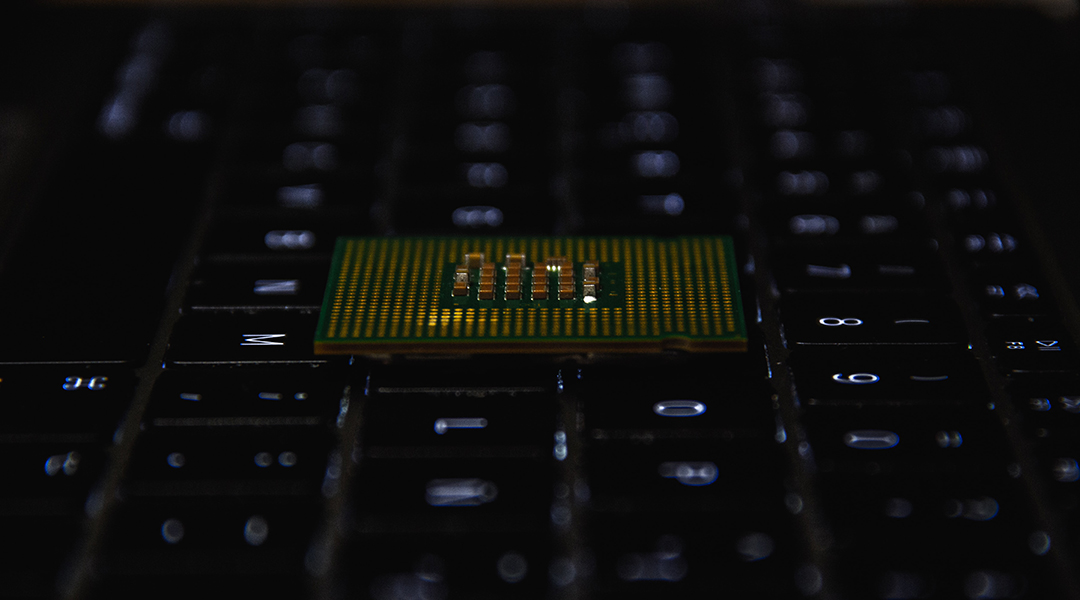
An in-memory computing prototype provides a promising solution for edge computing systems to implement continual learning.
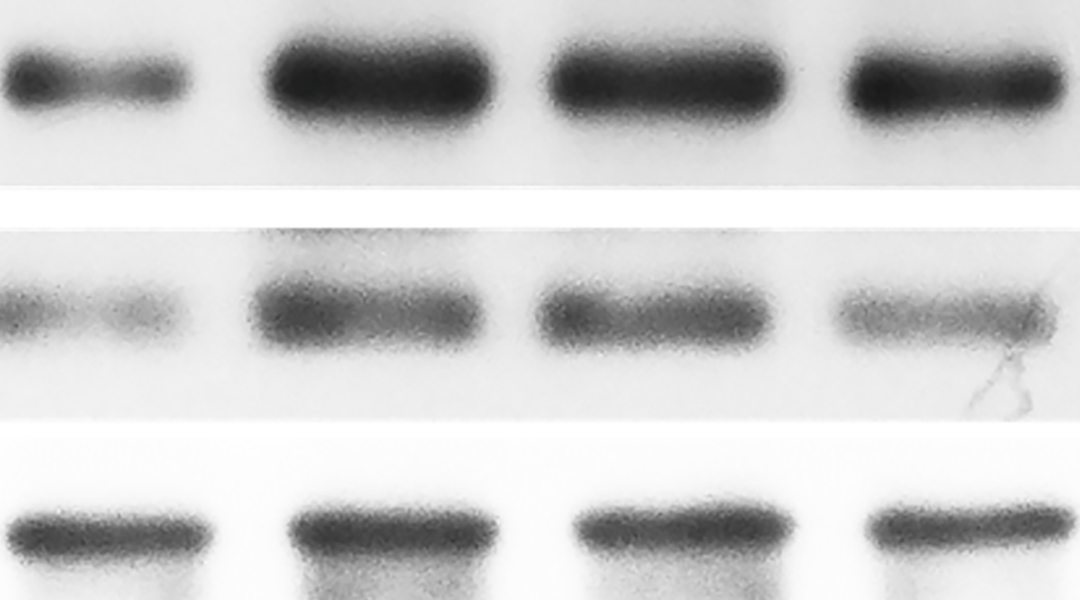
Deepfakes in the biomedical literature are coming, if they aren’t here already.
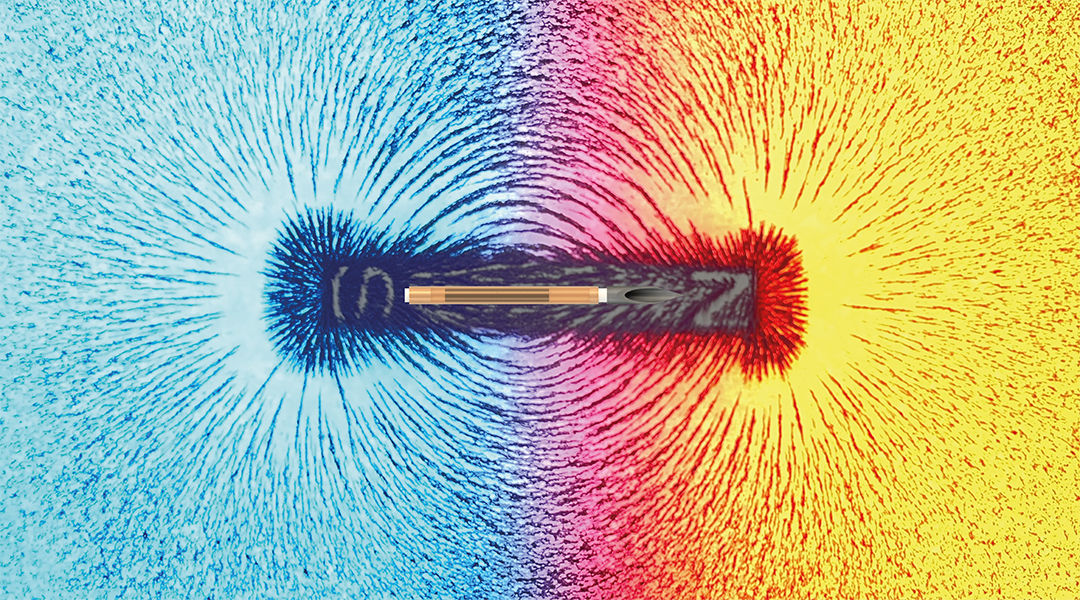
A miniaturized, tetherless needle offers a safe means of performing surgery, treating cancer, and performing diagnostic tests.
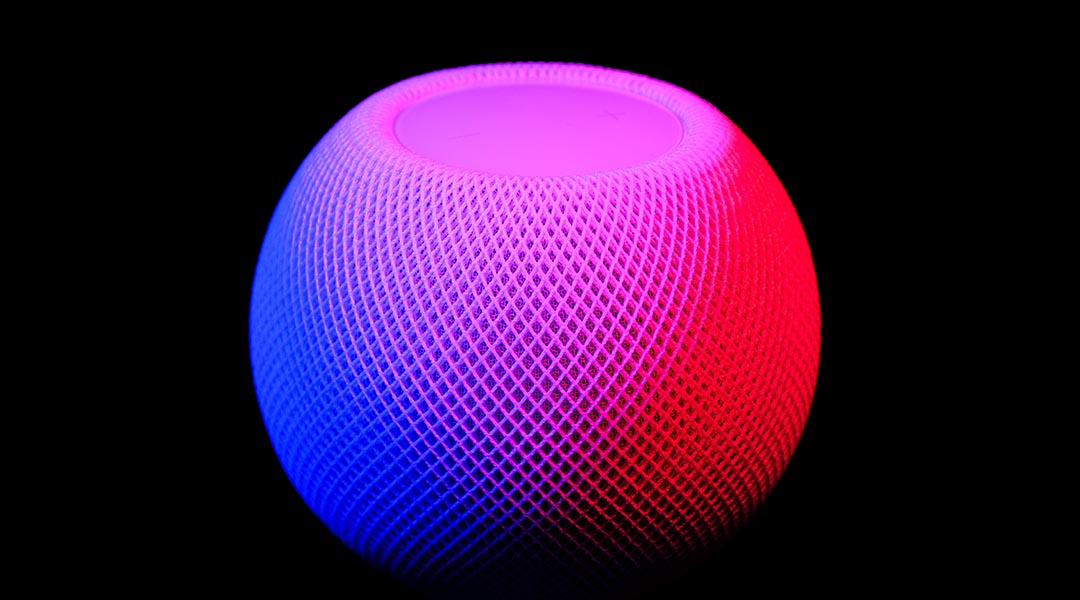
Study participants were more comfortable with voice-based AI companions compared to robots that act and look like humans.
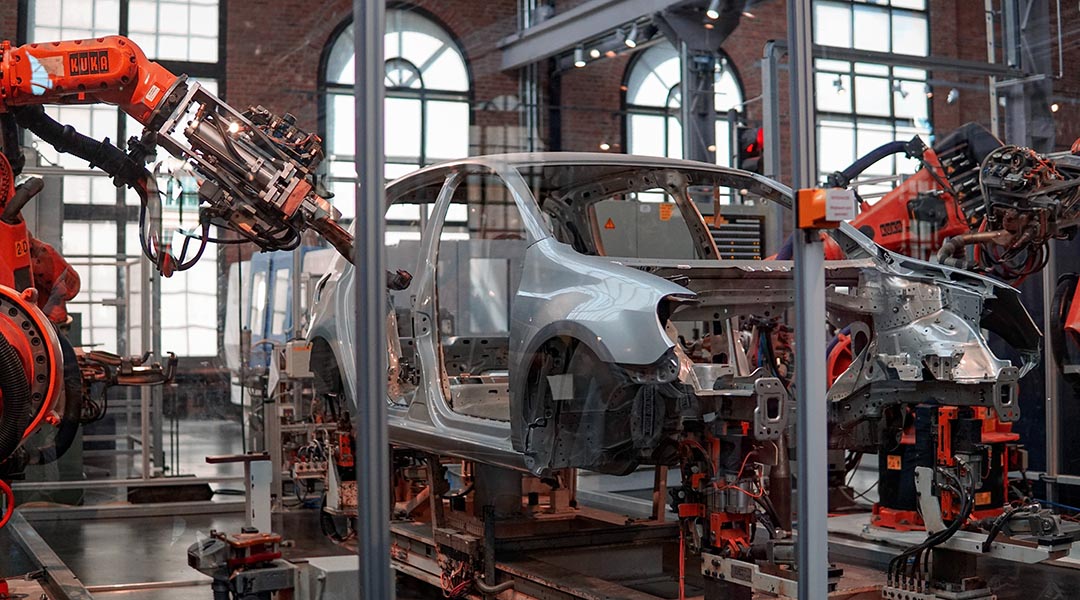
Researchers calculate the automation risk of almost 1000 existing occupations and provide alternatives based on skill set.
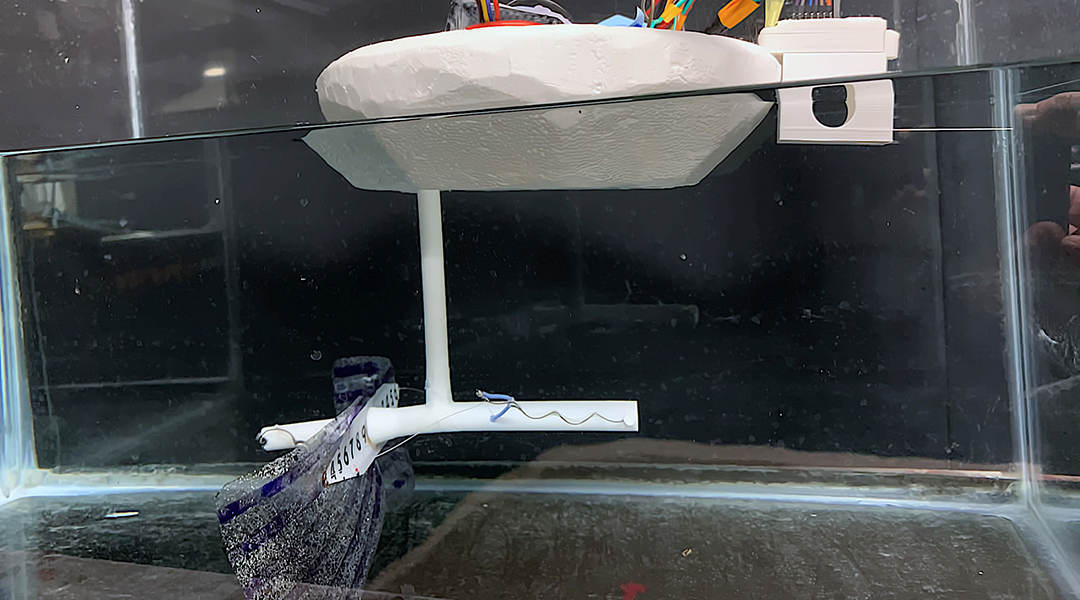
A robotic swimmer that mimics the movement of octopuses could help researchers better monitor aquatic environments remotely and in real time.
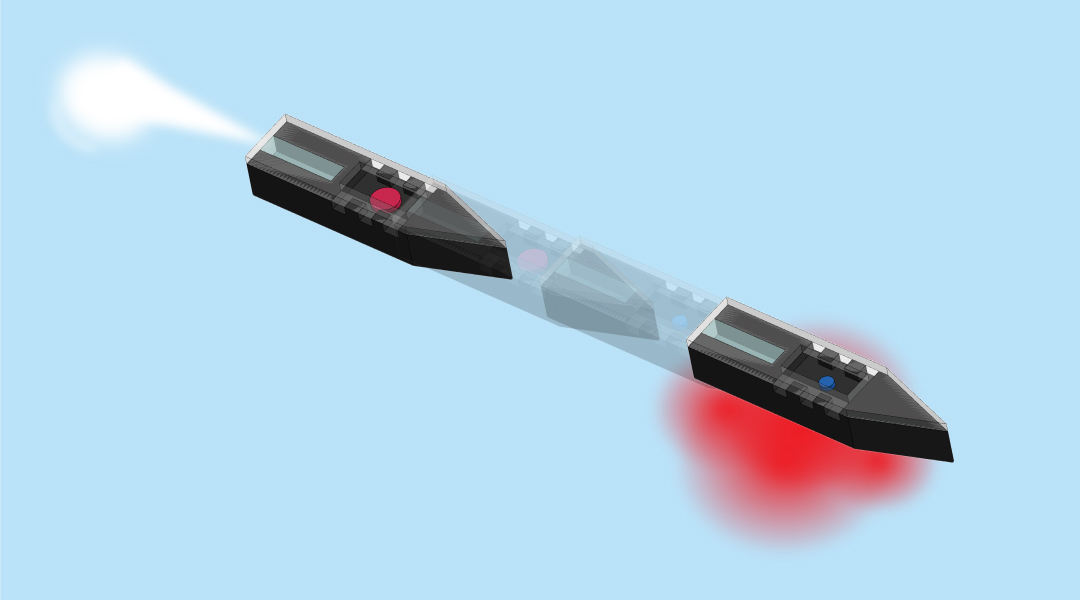
Using stimuli-responsive hydrogels with regularly arranged colloidal particles, researchers create color-changing microrobots that can freely explore and gather information.

Using an artificial neural network and AI, researchers are developing a powerful computational tool to model particle physics following the Big Bang.

Scientists have developed the first artificial muscles made from natural proteins that contract autonomously and consume chemical fuel.